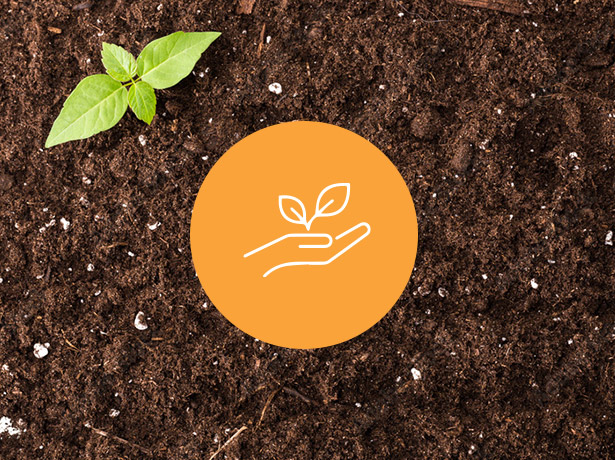Sustainable product certifications have traditionally been single attribute based. The most popular of these is the Energy Star label, which focuses on the energy efficiency that using one specific product has over a ‘regular’ product in that category. Another popular one is UL’s GREENGUARD certification program which communicates that a product doesn’t emit high levels of volatile organic compounds (VOCs). As consideration of sustainability features in choosing products has become more status quo, the more architects, designers, procurement professionals, authorities having jurisdiction, and consumers want to know about products. Instead of focusing on a single feature, an easier way to communicate the overall environmental and human health impact of a product is through what is called a multi-attribute sustainable certification. The most stringent in the world is Cradle to Cradle.
The term cradle to cradle comes from a design principle that is based on the natural worlds biological cycle. In nature when something is being created, it is normally a result of the end of life of other organisms. Almost nothing goes to waste in this natural cycle. Therefore, the goal for the system that bears its moniker is similar – it encourages new material to be born out of old material as much as possible. With that goal in mind, the Cradle to Cradle Products Innovation Institute creates and manages The Cradle to Cradle Certified® Product Standard. This standard provides the system to assess the safety, circularity, and responsibility of materials and products across five different categories of sustainability performance and is the standard products are certified to.
The standard has criteria for not only the products that are certified to it, but also the facilities where they are made, and even the organization that is making/owns them. The certification has general requirements such as a certification compliance assurance program, environmental policy and management, and measurable improvement from Bronze to Gold level certification.
The five categories of criteria are as follows:
- Material Health – ensuring materials are safe for humans and the environment. This section has criteria such as a restricted substance list, a health assessment of the constituents of the product, low VOC emissions, and environmental health hotspot analysis based on LCA.
- Product Circularity – enabling a circular economy through product and process design. This section has criteria such as recycled content, recyclable pathways for the product, requirements that information on these pathways is publicly available and that greater than or equal to 99% by weight of the product is recyclable/compostable/biodegradable.
- Clean Air & Climate Protection – generating clean energy and protecting the environment. This section’s criteria focuses on the measurement and reduction of greenhouse gasses (GHGs), both from facilities owned and operated by the organization making the product, but also the GHG inherent in their supply chain.
- Water & Soil Stewardship – safeguarding air, water, and soil resources. The criteria for this section deals with the measurement of water use at the final manufacturing stage, compliance with water and soil regulations, and disclosing this data publicly.
- Social Fairness – embracing safe, fair, and equitable labor practices that advance human rights and strong communities. This section’s criteria is around the assessment and auditing of human rights risks in the supply chain, promotion of cultural fairness, and implementation of a responsible sourcing system.
All sections, while having specific criteria, also lean heavily into having a product improvement plan detailing ways the product can ascend to the next level of certification.
There are four levels of achievement in the certification program, Bronze, Silver, Gold, and Platinum. Different levels and different sections have critical standard requirements that must be met for a product to be considered for certification. The newest version of the Standard is v4.0 and products certified to it will be valid for up to 4 years at the Bronze level (two, two-year certification cycles), but then following that the product must recertify at the Silver level or higher. The product’s overall certification level is equal to the lowest level achieved in the five categories. The product is allowed to list the Cradle to Cradle certification on their product, and the scorecard indicating the level achieved in each of the five categories is listed on the Cradle to Cradle Certified Products Registry – www.c2ccertified.org.


